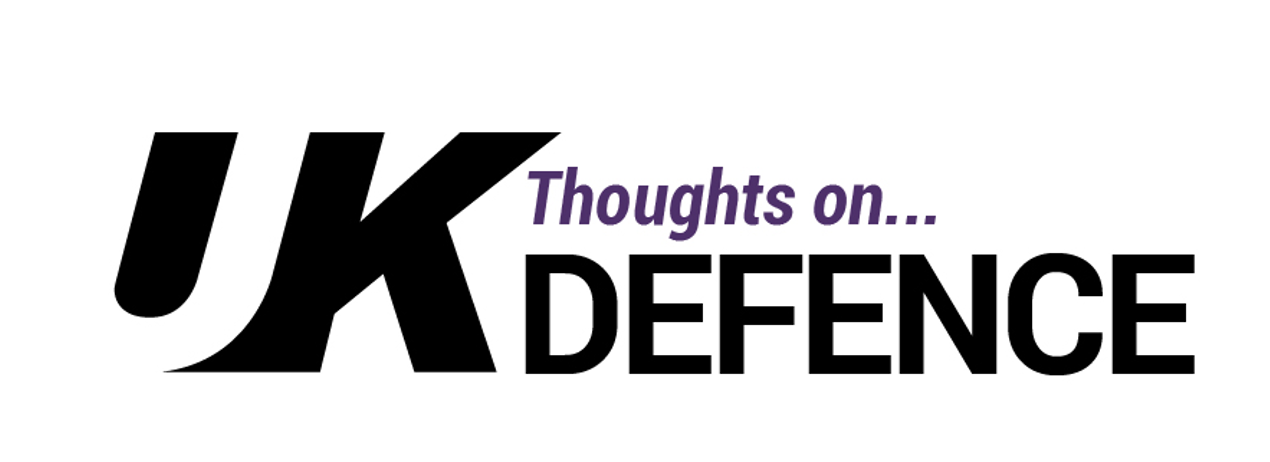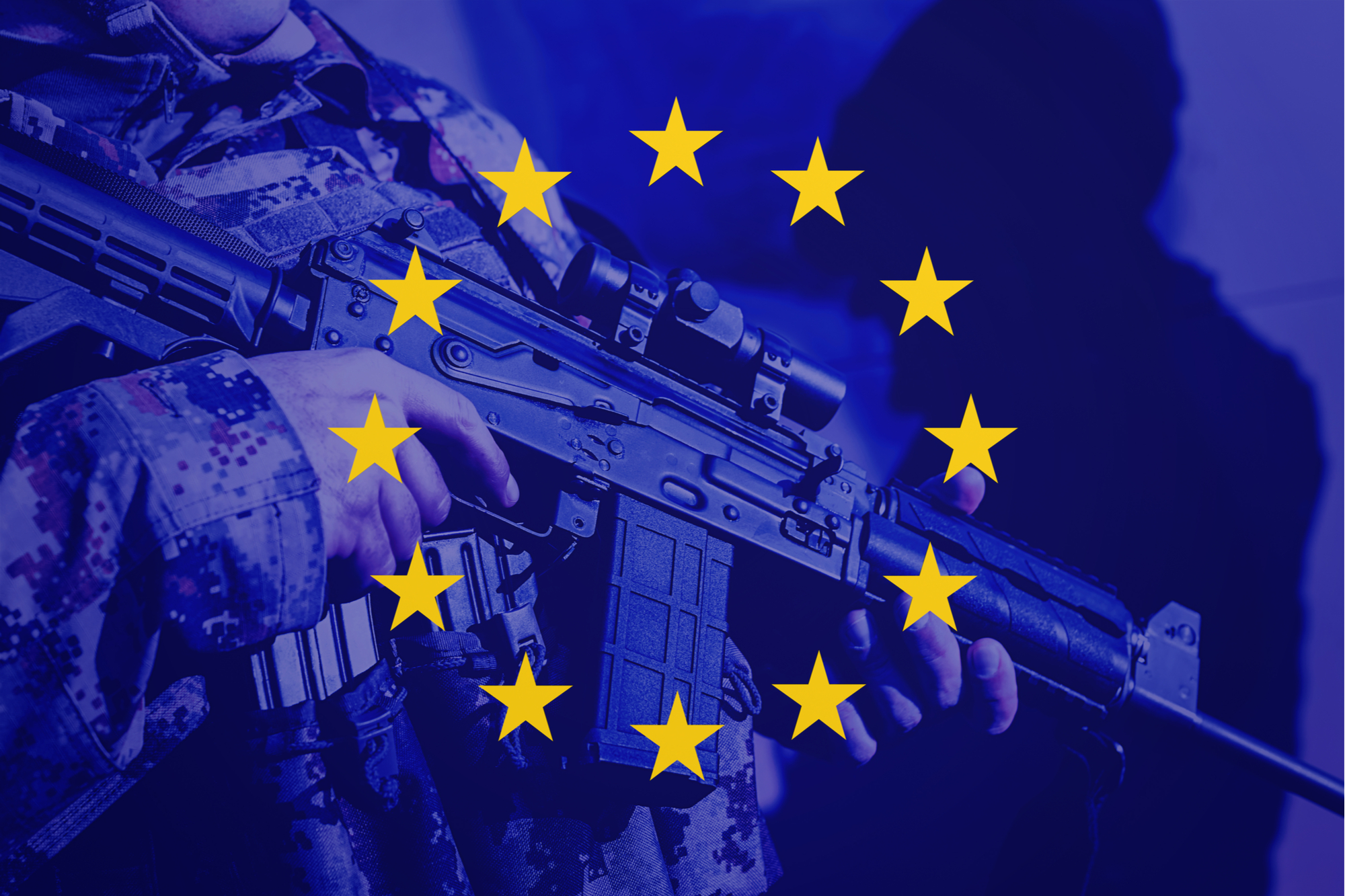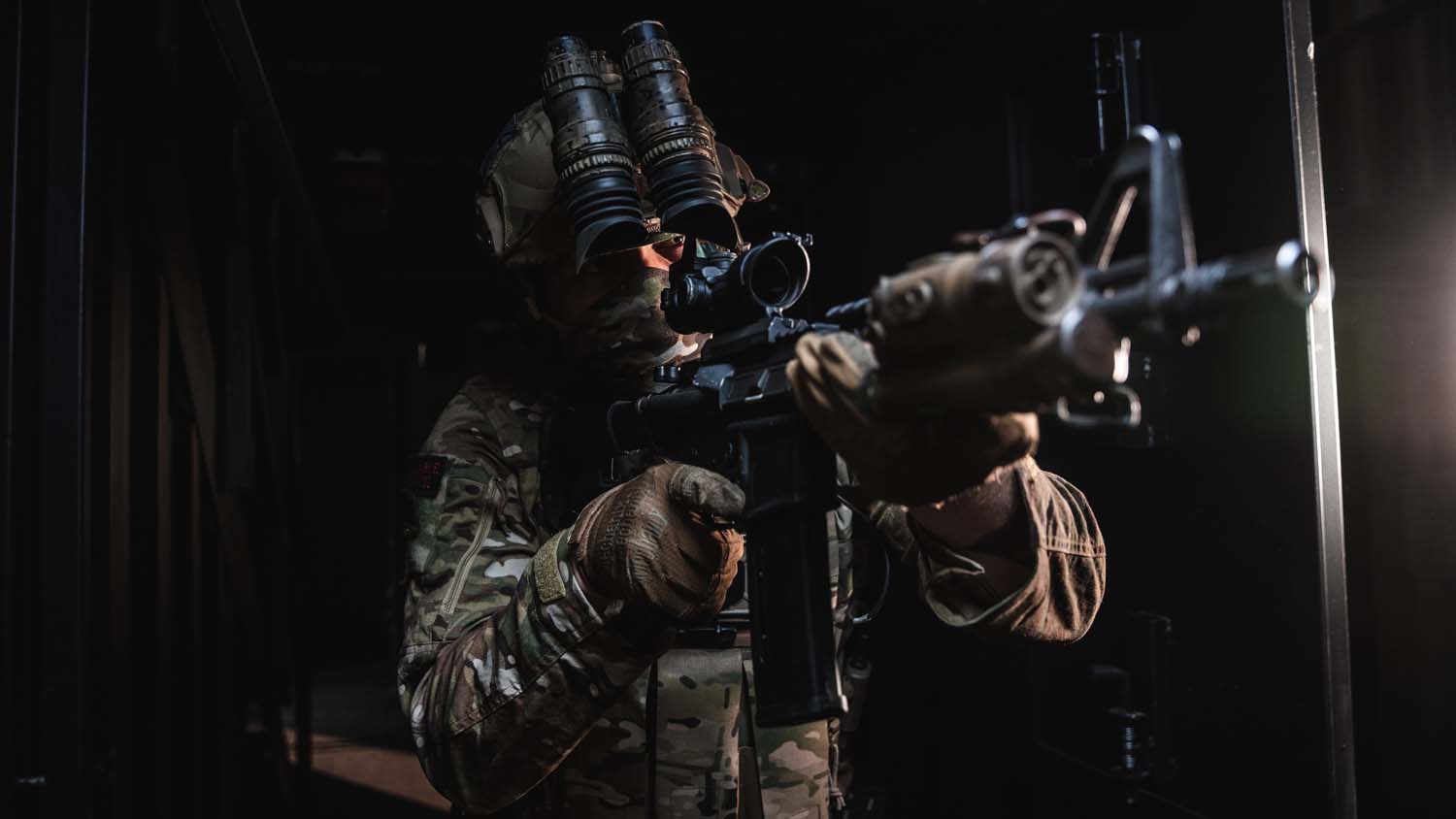After more stop starts than a London bus in rush hour, it would appear that work on the Integrated Review is finally drawing to a close. Foreign, Commonwealth and Development Minister, James Cleverly (Conservative MP for Braintree) stated recently in Parliament that “the Government intend to publish the review in March.” This will finally bring to a close “the most radical reassessment of [the UK’s] place in the world since the end of the Cold War” that was announced by the Prime Minister exactly one year ago today. However, the publication of the Integrated Review will in no way bring closure to the process. In fact, it won’t be until after its publication that the real battles will begin!
Direction from the Integrated Review
It is not unreasonable to expect the Integrated Review to give clear direction on the size and shape of the military required to support its findings. After all, the Prime Minister did promise that the review would “determine the capabilities we need for the next decade and beyond to pursue our objectives and address the risks and threats we face.” But to be blunt, that is not what defence reviews do. Instead, they paint very broad pictures of how best to develop a future force structure, while steering clear of the very detail needed by defence planners in order to make objective balance of investment decisions around what new capabilities to acquire and, perhaps more importantly, what existing capabilities to ‘sunset’.
For example, the 2015 SDSR devoted just seven of its 94 pages to describing a future state for the armed forces, and direction on its ‘to be’ expeditionary posture was limited to:
– A maritime task group centred on a Queen Elizabeth Class aircraft carrier with F35 Lightning combat aircraft.
– A land division with three brigades including a new Strike Force.
– An air group of combat, transport and surveillance aircraft.
– A Special Forces task group.
The only number associated with this future force was its total size would be “around 50,000.”
Single Service Positioning
Some possible details from the Integrated Review are starting to leak out. For example, The Times suggested that dozens of tanks will be scrapped and all of the army’s 758 Warrior infantry fighting vehicles could be retired. In addition, the Daily Mail has revealed that the early retirement of four Type 23 frigates and the accelerated withdrawal from service of 53 Typhoon aircraft are also on the cards. But these are only the headline announcements. Below them, there will be extensive pressure to reduce expenditure and leverage benefits to make the budget fit, especially in the early years when financial pressures are the greatest. Notwithstanding the current disaggregated nature of the MoD’s budget management construct, all three Services will be fighting tooth and nail to safeguard existing capability and protect their new, ‘sunrise’ projects. On previous occasions when this has happened, senior officers have likened it to “a knife fight in a phone box.”
Conclusion
As @onUKDefence predicted last year, the whole review process has been tough. But, depending on just how severe the settlement imposed on the single services turns out to be, the publication of the Integrated Review could signal the start of far more ferocious battles, which are unlikely to remain behind the closed doors of the MoD.







1 comments On The Integrated Review is due to be published in early March, it is then that the real battles will begin!
The whole review will still ensure that there are more pen pushers than active service personnel.